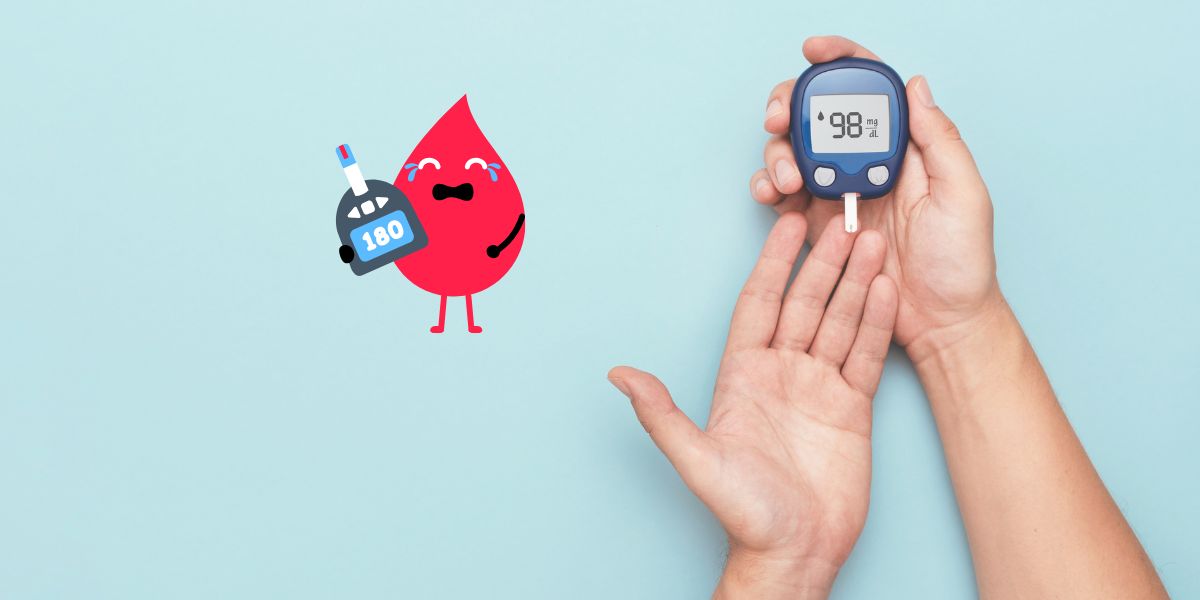Kapanlagi.com - Maintaining blood sugar levels within the normal range is key to optimal health, especially for those with diabetes or at high risk of developing it. During fasting, our body undergoes metabolic changes that affect blood sugar levels. Therefore, it is important to understand the normal limits of blood sugar levels while fasting and after eating. This understanding can help us maintain blood sugar balance and prevent various health complications.
According to information from various medical sources, normal blood sugar levels while fasting or before eating range from 70 to 99 mg/dL. After enjoying a meal, this level may increase, but it should remain below 140 mg/dL. If blood sugar levels exceed these numbers, it may indicate that a person is in a prediabetic condition or even diabetic.
So, how can we keep blood sugar levels stable during fasting and after eating? This article will discuss in depth the normal limits of blood sugar levels, the factors that influence them, and how to maintain them for good health.
1. What is the Normal Blood Sugar Level When Fasting?
Blood sugar levels in the body will change depending on whether a person is eating, fasting, or has just consumed food. When fasting, the body does not receive glucose from food and begins to use the stored sugar reserves in the liver.
The normal blood sugar level after fasting for 8–12 hours is approximately:
- Normal: 70–99 mg/dL
- Prediabetes: 100–125 mg/dL
- Diabetes: 126 mg/dL or more
If test results show a fasting blood sugar level of 126 mg/dL or more, doctors usually will conduct a retest and recommend additional examinations such as the HbA1c test or glucose tolerance test to confirm a diabetes diagnosis.
For individuals with prediabetes, even though their blood sugar levels have not yet reached diabetic levels, they remain at risk of developing the disease if they do not change their lifestyle promptly. Therefore, regular blood sugar level checks are highly recommended.
2. How is Blood Sugar Level After Eating?
After eating, blood sugar levels will naturally rise as the body begins to digest carbohydrates and convert them into glucose. The pancreas then releases insulin to help the body’s cells absorb glucose and use it for energy.
The blood sugar levels after eating that are considered normal are as follows:
- Two hours after eating: less than 140 mg/dL
- Prediabetes: 140–199 mg/dL
- Diabetes: 200 mg/dL or more
If blood sugar levels after eating spike above the normal range, it may be a sign of insulin resistance or type 2 diabetes. Therefore, it is important to pay attention to the types of food consumed, especially when breaking fast.
3. What Are the Risks If Blood Sugar Is Unstable?
Both low and high blood sugar levels can have adverse effects on health. When blood sugar levels are too low (hypoglycemia), a person may experience symptoms such as weakness, dizziness, palpitations, and even loss of consciousness. If too high (hyperglycemia), the risk of complications such as nerve damage, kidney disorders, and heart disease increases.
Signs of abnormal blood sugar levels include:
- Hypoglycemia (below 70 mg/dL): excessive sweating, trembling, difficulty concentrating
- Hyperglycemia (above 200 mg/dL): frequent thirst, frequent urination, fatigue, blurred vision
For diabetes sufferers, uncontrolled blood sugar levels can also lead to diabetic ketoacidosis, a dangerous condition that requires immediate medical attention.
4. How to Keep Blood Sugar Levels Stable
To keep blood sugar levels within normal limits, the following steps can be taken:
a. Healthy Eating Patterns
- Limit the consumption of simple carbohydrates and replace them with complex carbohydrates such as brown rice, whole grain bread, and vegetables.
- Increase fiber intake to slow down sugar absorption in the blood.
- Consume foods with a low glycemic index such as legumes and grains.
b. Regular Exercise
- Exercising for 150 minutes per week can improve insulin sensitivity, helping the body control blood sugar levels better.
c. Stress Management
- Stress can increase cortisol hormone levels, triggering spikes in blood sugar. Meditation, yoga, or simply taking a leisurely walk can help manage stress better.
d. Adequate Sleep
- Lack of sleep can increase insulin resistance and worsen blood sugar control. Aim for 7-8 hours of sleep per night.
5. FAQ
Q: What is the normal blood sugar level before sleeping?
A: Ideally, it should be between 90–130 mg/dL before sleeping to remain stable throughout the night.
Q: Can fasting help lower blood sugar levels?
A: Yes, fasting can lower blood sugar levels because the body uses stored glucose. However, for diabetes patients, consulting with a doctor before fasting is highly recommended.
Q: How can I tell if my blood sugar level is too low while fasting?
A: If you feel dizzy, weak, sweaty, or have a racing heart, immediately consume something sweet to raise your blood sugar level.
(kpl/rmt)
Disclaimer: This translation from Bahasa Indonesia to English has been generated by Artificial Intelligence.












